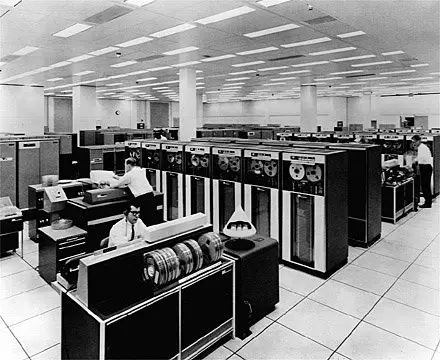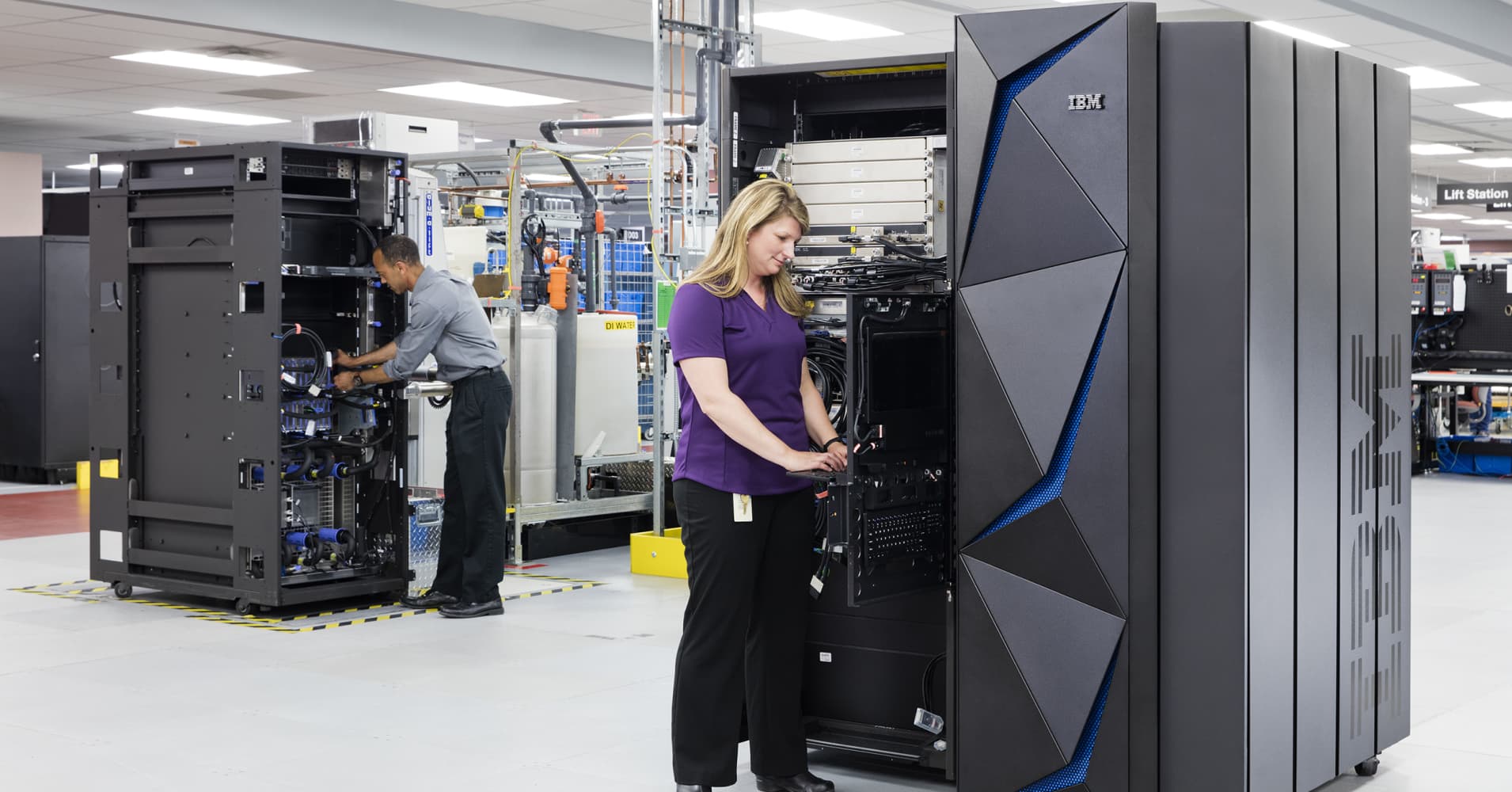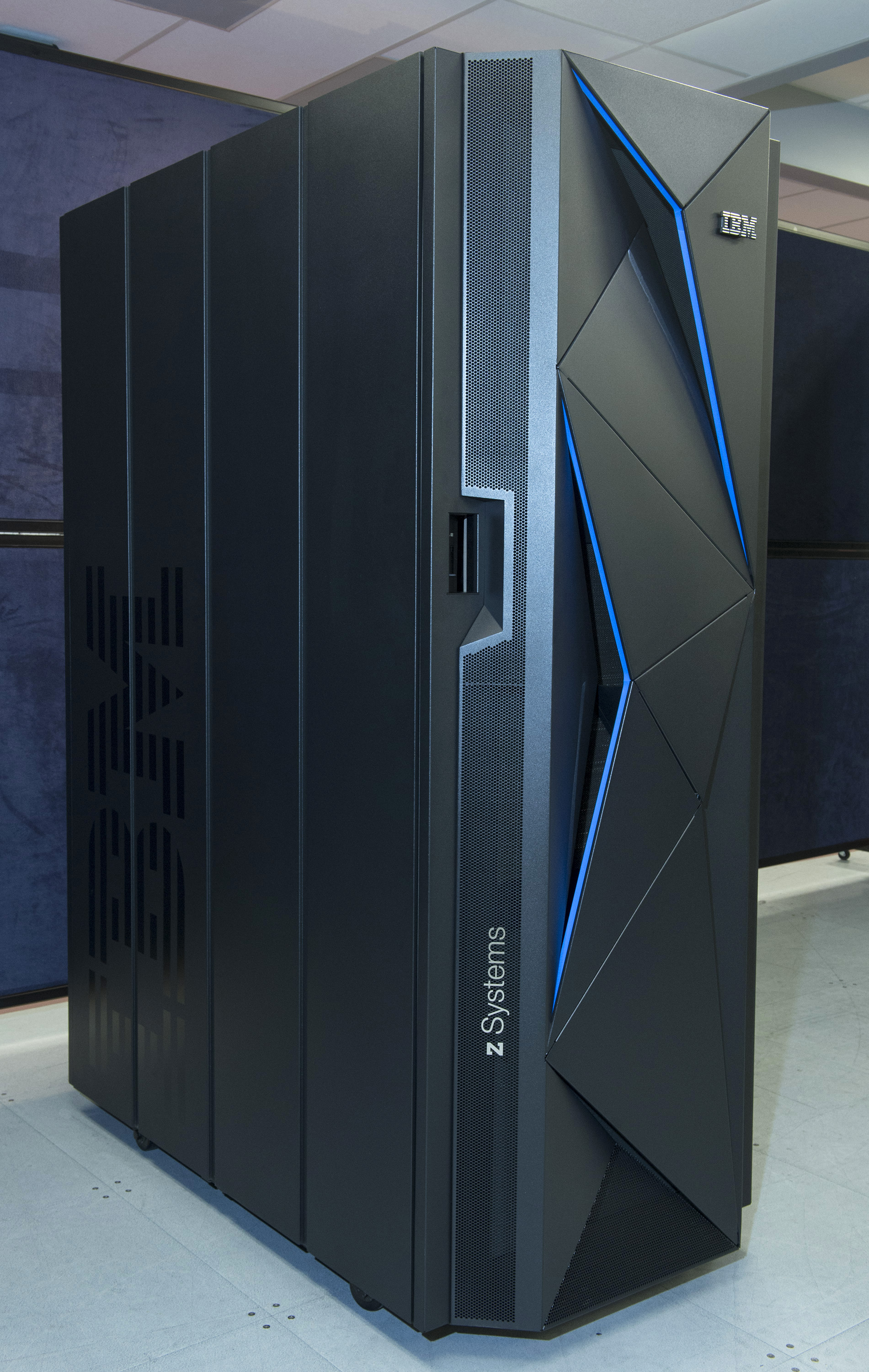PL/I (Programming Language One)

PL/I is a high-level programming language developed by IBM in the 1960s. It was designed to be a versatile language that could be used for a wide range of applications, including scientific computing, business data processing, and system programming.

Role in Mainframe Computing

Mainframe computers were the primary computing platform in the 1960s and 1970s, and PL/I played a significant role in their operation. It was used to develop:
- Operating systems: PL/I was used to implement the operating systems for various mainframe platforms, including IBM’s OS/360 and OS/390.
- Application programs: PL/I was widely used to develop large-scale business and scientific applications for mainframes.
- Compilers: PL/I compilers were used to translate other high-level languages, such as FORTRAN and COBOL, into machine code.
Strengths and Weaknesses
Strengths:
- Versatility: PL/I supported a wide range of data types, control structures, and input/output capabilities.
- Data structures: PL/I introduced powerful data structures, such as arrays, structures, and files, which made it suitable for complex applications.
- System programming: PL/I provided low-level access to the mainframe hardware, making it useful for system programming tasks.
Weaknesses:
- Complexity: PL/I was a large and complex language, making it challenging to learn and use.
- Efficiency: PL/I code could sometimes be less efficient than code written in specialized languages like FORTRAN or COBOL.
- Compatibility: PL/I implementations varied between different mainframe platforms, leading to compatibility issues.
Decline and Legacy
With the advent of distributed computing and personal computers in the 1980s, PL/I’s popularity declined. Newer languages, such as C and C++, became more popular for system programming and application development.
However, PL/I remains an important legacy language in mainframe computing. Many large-scale business and scientific applications developed in PL/I continue to be used and maintained on mainframes today.## Pl/i And Its Role In Mainframe Computing
Executive Summary
PL/I (Programming Language One) is a high-level programming language developed by IBM in the mid-1960s. It was designed to be a general-purpose language suitable for a wide range of applications, from scientific and engineering to business and commercial. PL/I is still used today on mainframe computers, particularly in the financial and insurance industries.
Introduction
PL/I was introduced in 1964 as a successor to FORTRAN, the first widely used scientific programming language. PL/I was designed to address the limitations of FORTRAN, such as its lack of support for data structures and its limited input/output capabilities. PL/I was also designed to be more efficient than FORTRAN, and it has been shown to be up to 10 times faster for some applications.
FAQs
- What is PL/I?
PL/I is a high-level programming language developed by IBM in the mid-1960s. It was designed to be a general-purpose language suitable for a wide range of applications.
- What are the advantages of using PL/I?
PL/I is a versatile language that can be used for a wide range of applications. It is efficient, easy to learn, and has a rich set of features.
- Is PL/I still used today?
Yes, PL/I is still used today on mainframe computers, particularly in the financial and insurance industries.
Subtopics
Data Structures
- Arrays: One-dimensional and multidimensional arrays can be used to store data of the same type.
- Structures: Structures can be used to group together data of different types.
- Unions: Unions can be used to store data of different types in the same memory location.
- Pointers: Pointers can be used to reference other data items.
- Files: PL/I supports sequential, direct, and indexed files.
Input/Output
- Formatted Input/Output: Formatted input/output allows you to control the format of data that is read from or written to a file.
- Unformatted Input/Output: Unformatted input/output allows you to read or write data in its binary form.
- Streams: Streams provide a way to read or write data from or to a variety of devices.
- Error Handling: PL/I provides extensive error handling capabilities to help you catch and handle errors that occur during input/output operations.
- Device Independence: PL/I programs can be written to be device-independent, which means that they can be run on different types of devices without modification.
Control Structures
- If-Then-Else: The if-then-else statement allows you to execute different code depending on the value of a condition.
- Do While: The do while statement allows you to execute a block of code repeatedly while a condition is true.
- For: The for statement allows you to execute a block of code a specified number of times.
- Goto: The goto statement allows you to jump to a specific label in your program.
- On: The on statement allows you to specify a series of actions to be taken when an error occurs.
Procedures
- External Procedures: External procedures are subroutines that are stored in a separate file.
- Internal Procedures: Internal procedures are subroutines that are defined within a PL/I program.
- Recursion: PL/I supports recursion, which allows a procedure to call itself.
- Parameter Passing: PL/I supports pass-by-value and pass-by-reference parameter passing.
- Overloading: PL/I supports overloading, which allows a procedure to have multiple definitions with different parameter lists.
Concurrency
- Multitasking: PL/I supports multitasking, which allows multiple tasks to run concurrently on a single computer.
- Synchronization: PL/I provides a variety of synchronization mechanisms to help you control access to shared resources.
- Deadlocks: PL/I provides deadlock detection and recovery mechanisms to help you prevent and recover from deadlocks.
- Message Passing: PL/I supports message passing, which allows tasks to communicate with each other by sending and receiving messages.
- Shared Memory: PL/I supports shared memory, which allows tasks to share data in a common memory area.
Conclusion
PL/I is a powerful and versatile programming language that is still used today on mainframe computers. It is a good choice for applications that require high performance, efficiency, and reliability.
Keyword Tags
- PL/I
- Mainframe Computing
- Programming Languages
- Data Structures
- Concurrency
